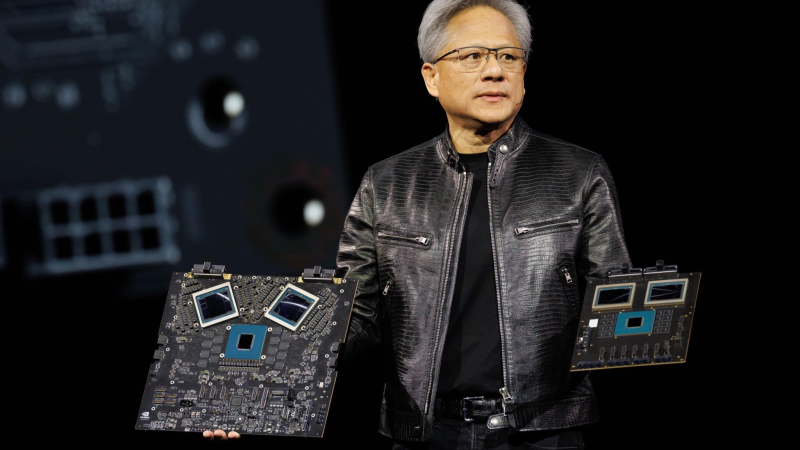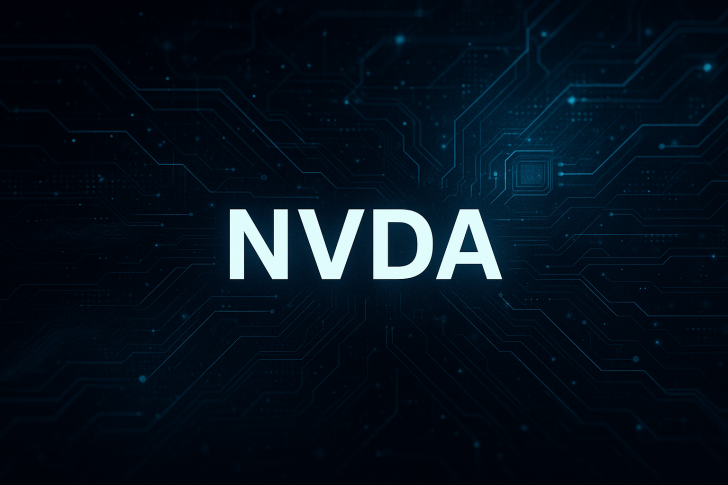⬤ Nvidia is reshaping how it builds Rubin systems by pushing suppliers to deliver full L10 builds while handling the final rack stage itself. This creates unprecedented control over the manufacturing process and establishes Rubin as the company's first truly unified AI platform—bringing cooling, networking, power, and integration under one standardized framework to boost consistency and efficiency.

⬤ The move aims to cut down fragmentation and keep all suppliers aligned on high-performance infrastructure standards. Full L10 builds mean less variation and tighter quality control. But there's a flip side: suppliers who can't meet these stricter requirements might face financial strain or even get pushed out entirely. With Nvidia taking over final integration, competition for skilled system engineers will likely heat up as companies race to support these advanced, unified designs.
⬤ This shift could reshape the entire AI hardware landscape. A standardized Rubin platform means simpler deployments, faster timelines, and more control over quality and costs for Nvidia. It's also a clear response to exploding demand for enterprise AI infrastructure—cementing Nvidia's central role in the global AI supply chain even further.
 Eseandre Mordi
Eseandre Mordi

 Eseandre Mordi
Eseandre Mordi


